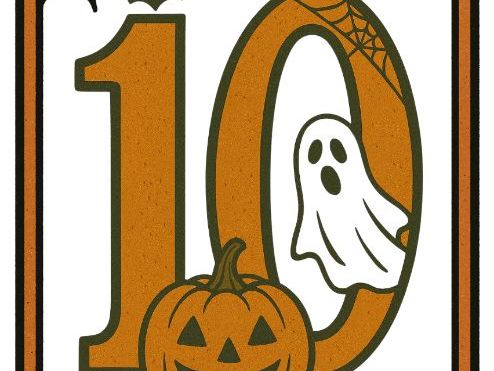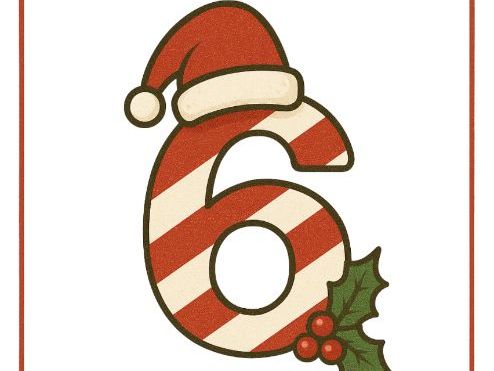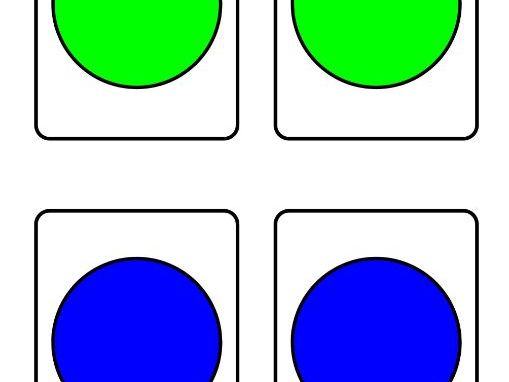Heart and Home Education
Resources created to empower SENCOs, teachers, and home educators supporting children with SEND and EOTAS. Practical, evidence-based tools for writing EHCPs, planning provision, and teaching science and biology with inclusion in mind. Designed to save you time and promote meaningful support for every learner.







